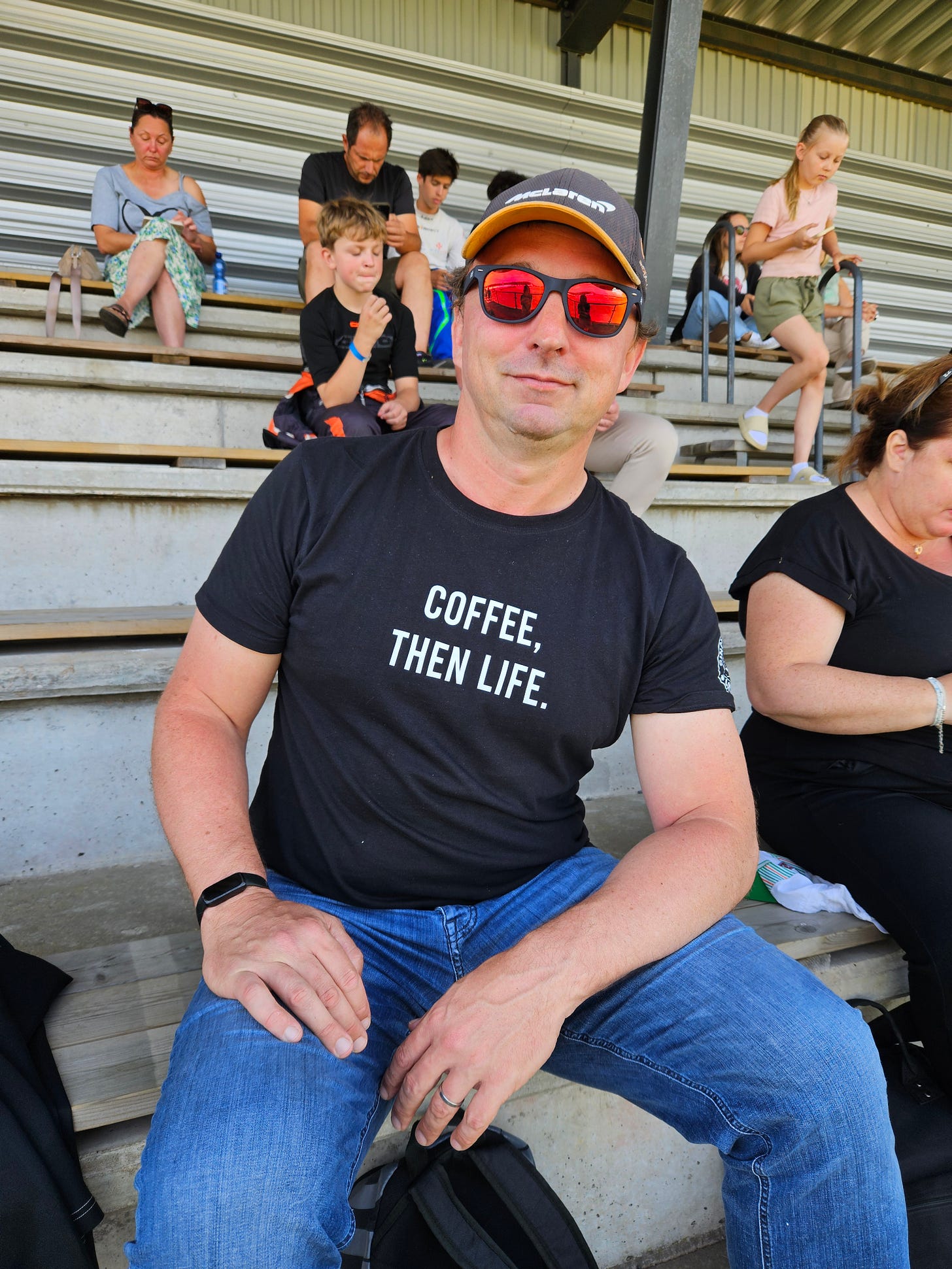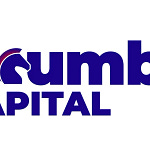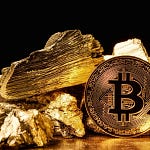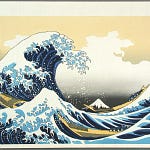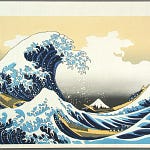Apologies for the radio silence, which has been driven by two things. First of all, US politics is in such a state of flux, it felt better to refrain from any “hot takes”. Secondly, I am currently in a state of caffeine detox. I drink a lot of coffee - the shirt I am wearing above was GIVEN to me by local coffee shop… so every year I take a week off coffee - which tends to lead to severe caffeine withdrawal headaches. The only cure I have found is alcohol - so I swap coffee drinking for day drinking. Not ideal for writing a substack, but today I am in good enough shape to write a post.
Before the advent of Trump and American Firstism, before industrial policy and tariffs, in an long lost era of free trade and the easy movement of capital, I think the BOJ was by far the more important central bank. All the major economic and financial crises of the 1990s onwards coincided with the BOJ raising interest rates. Below is the unsecured overnight borrowing rate from the BOJ. The high rates in early 1990s cause the Japan bubble to burst, spike in 1997 caused the AFC, spike in 2000 burst the dot com bubble, and 2006 was the Us housing market. Having learnt their lesson, the BOJ basically went all in since 2013.
Using a slightly more forward indicator of interest rates in Japan, 1 year deposit rates have risen.
While Japanese interest rates have risen, we have yet to see much balance sheet contraction at the BOJ.
Pre 2020 at least, the movement in Yen and US credit spreads where highly correlated. That is if Japanese investors began to pull credit lines, the yen would appreciated and credit spreads would widen.
Yen appreciation (using Yen versus Won here to get rid of any China political influence on currencies) would coincide with credit spreads widening.
If you believe that we are still in a free trade, free capital world, then the movements in Yen and Japanese deposit rates are a huge bearish signal. Politically I think free trade is dead, but a week is a long time in politics, so I keeping an open mind on the matter.


